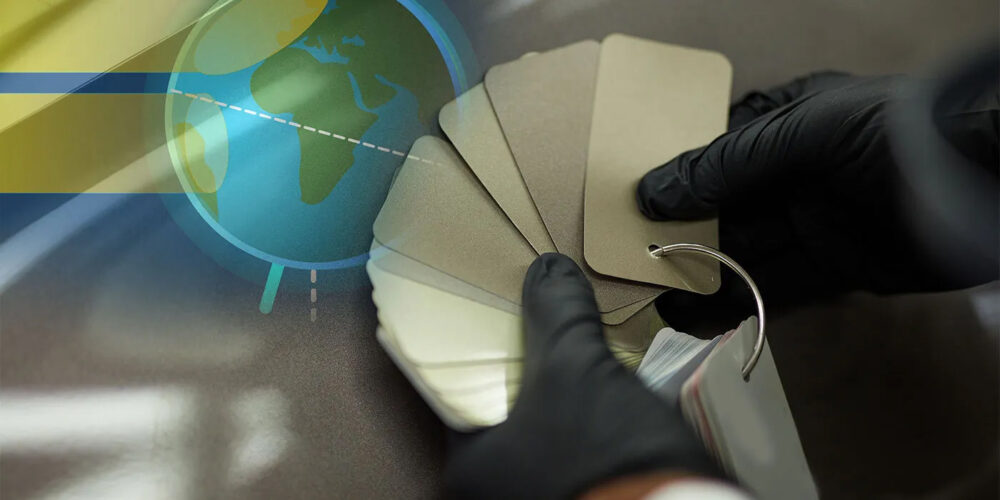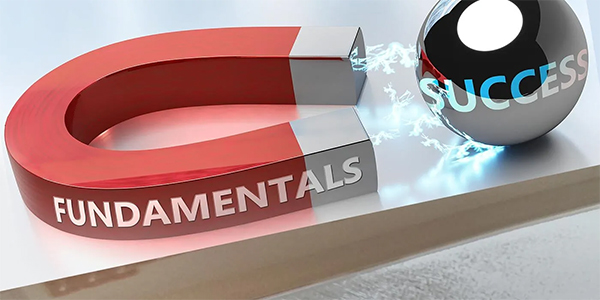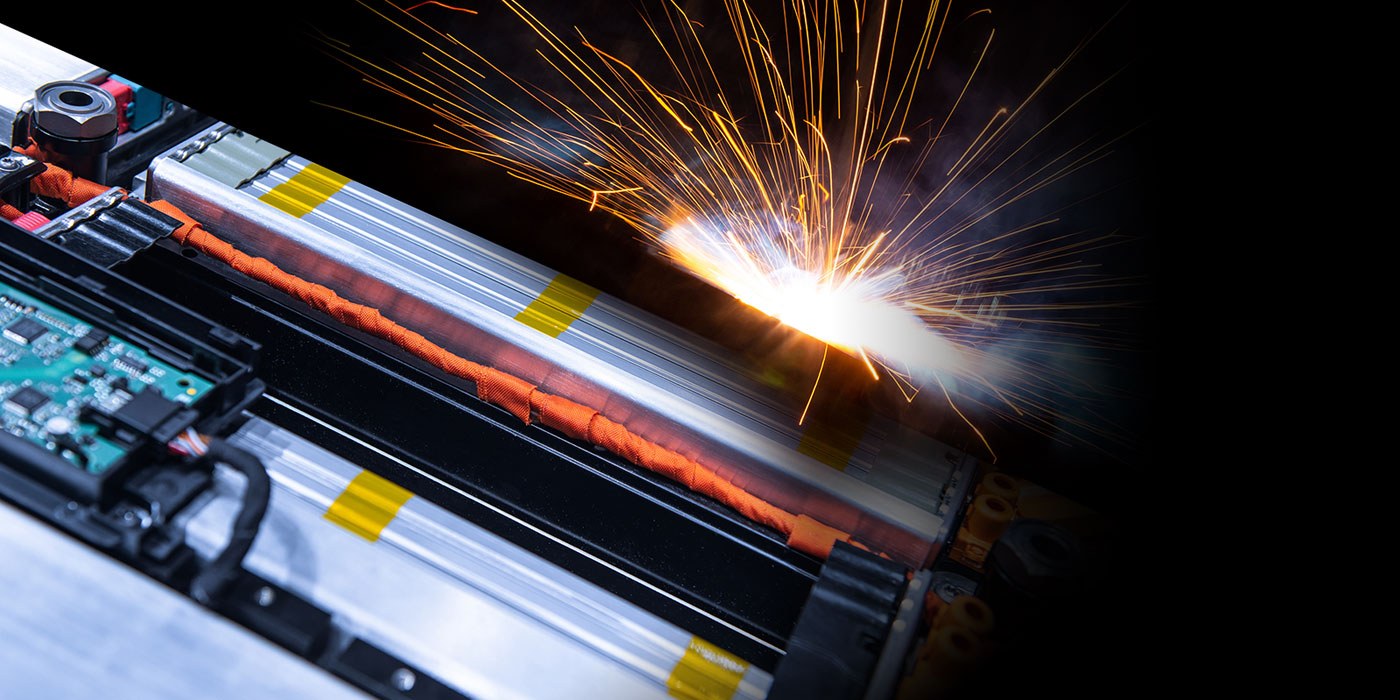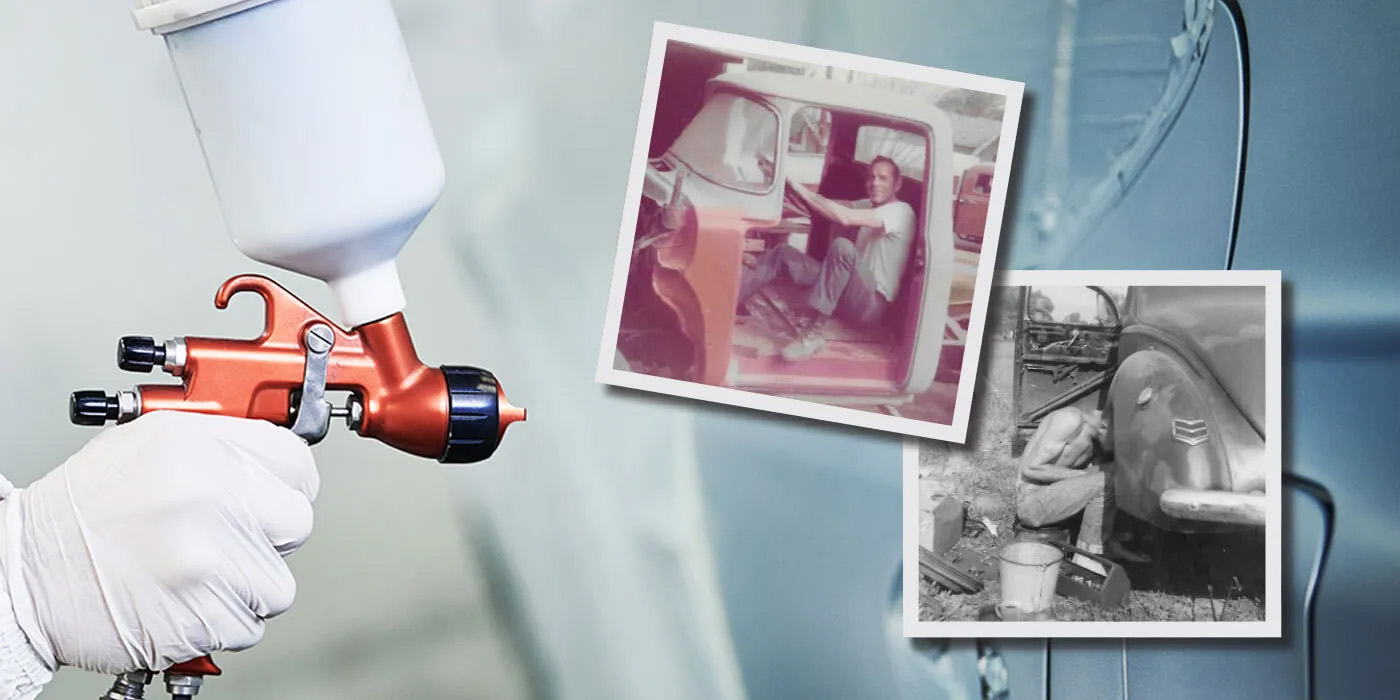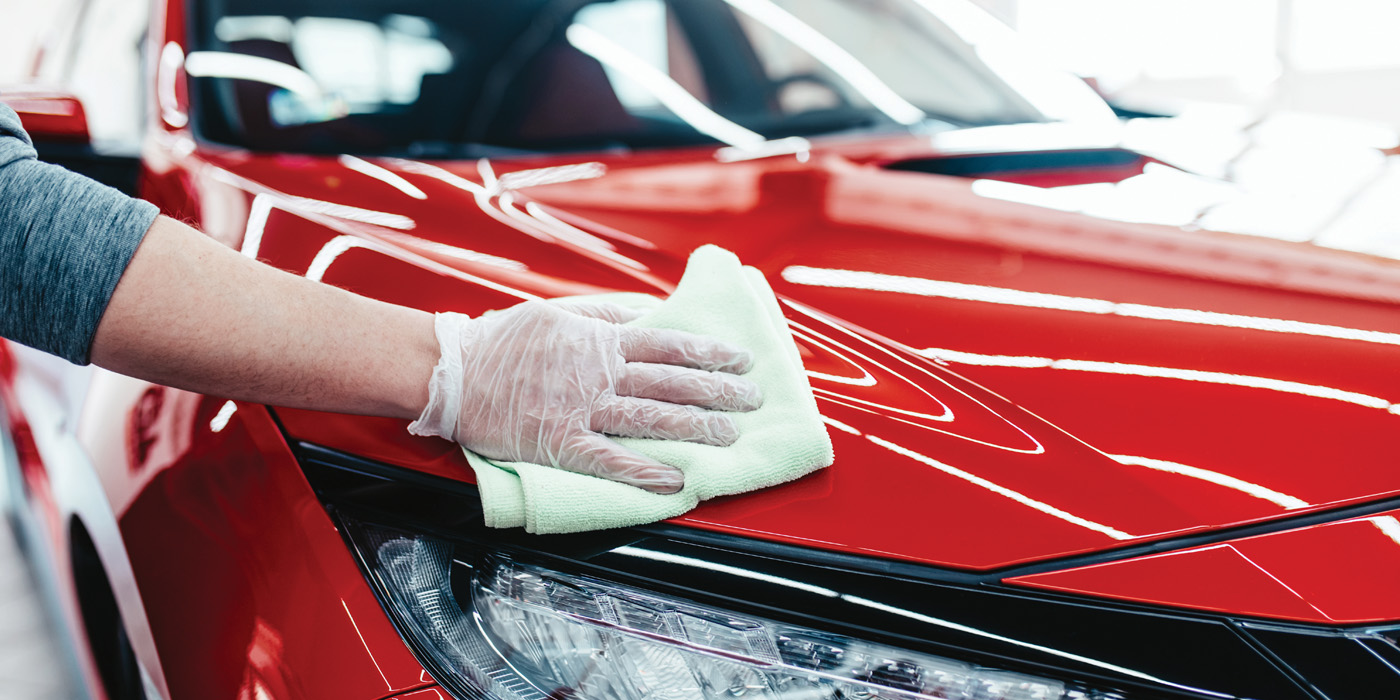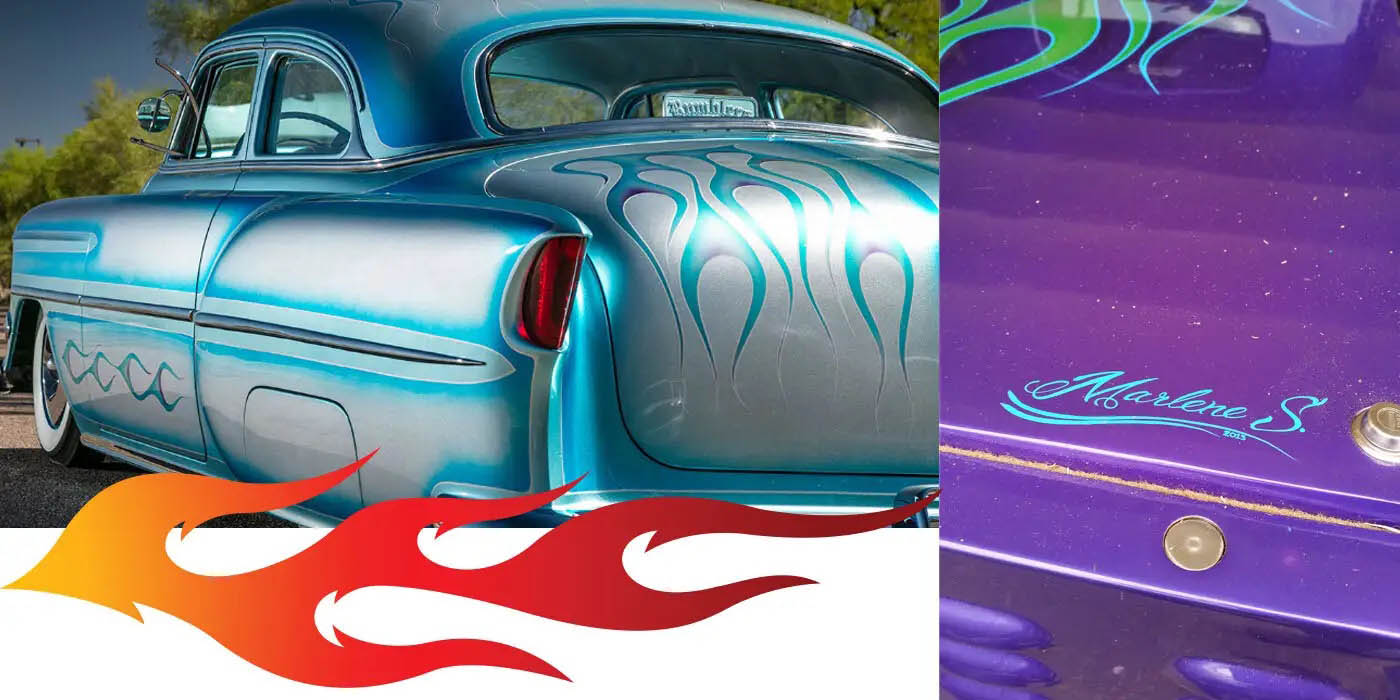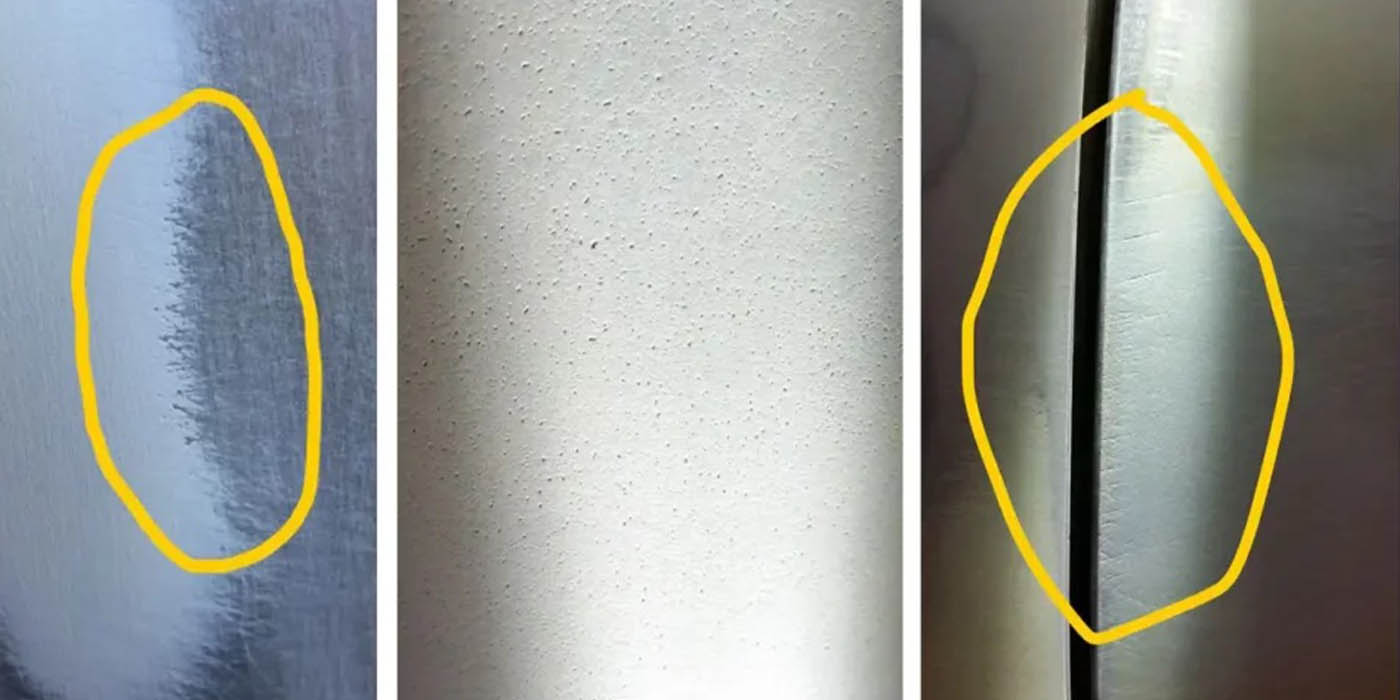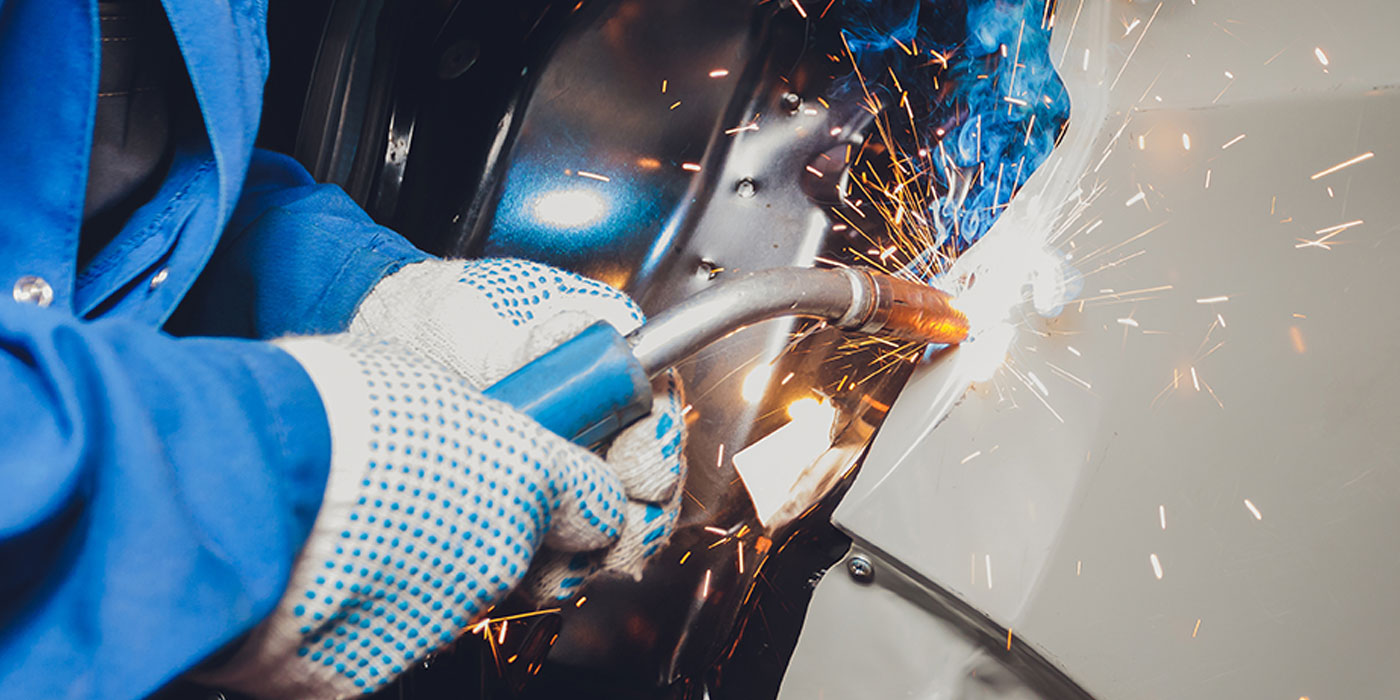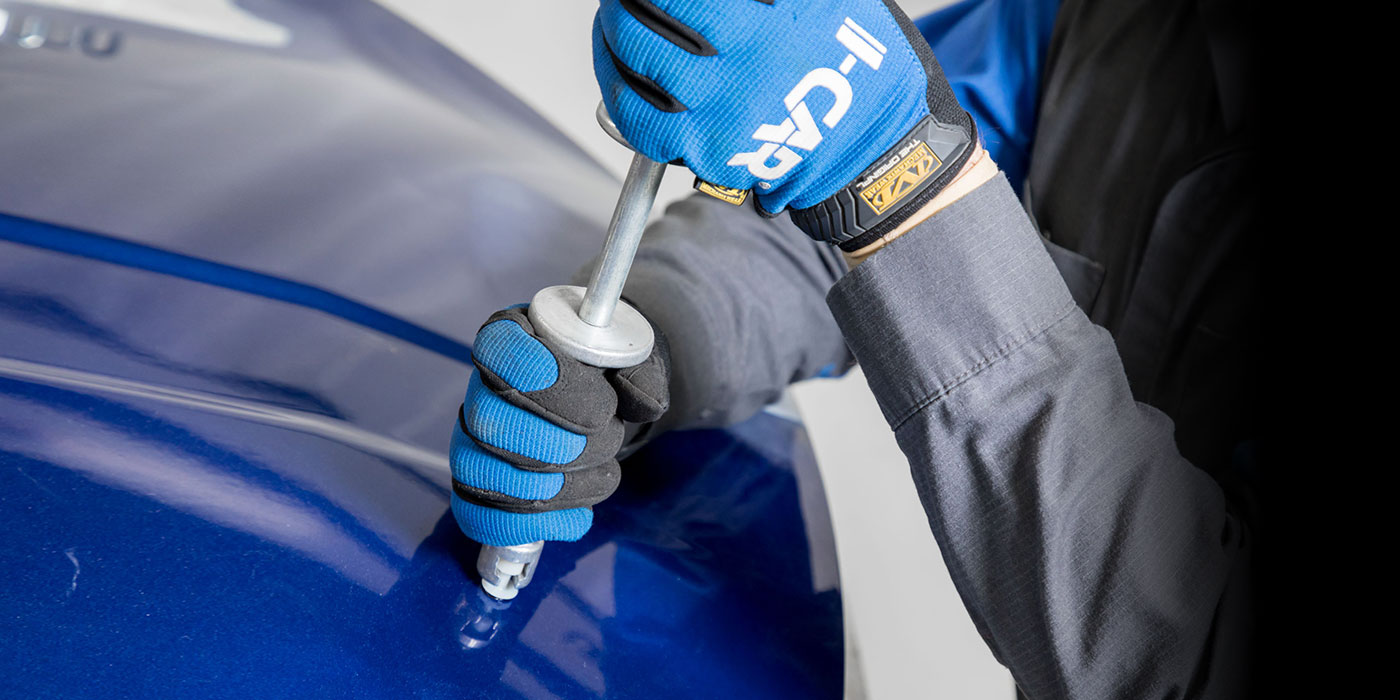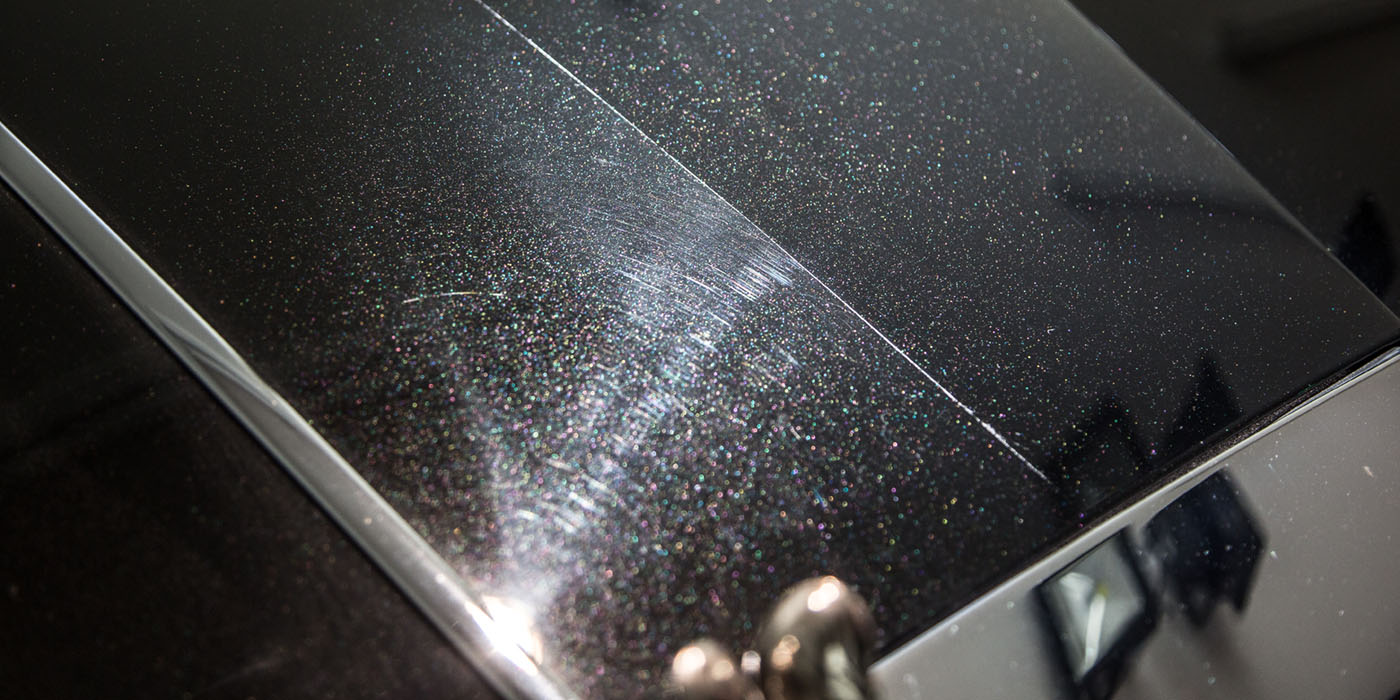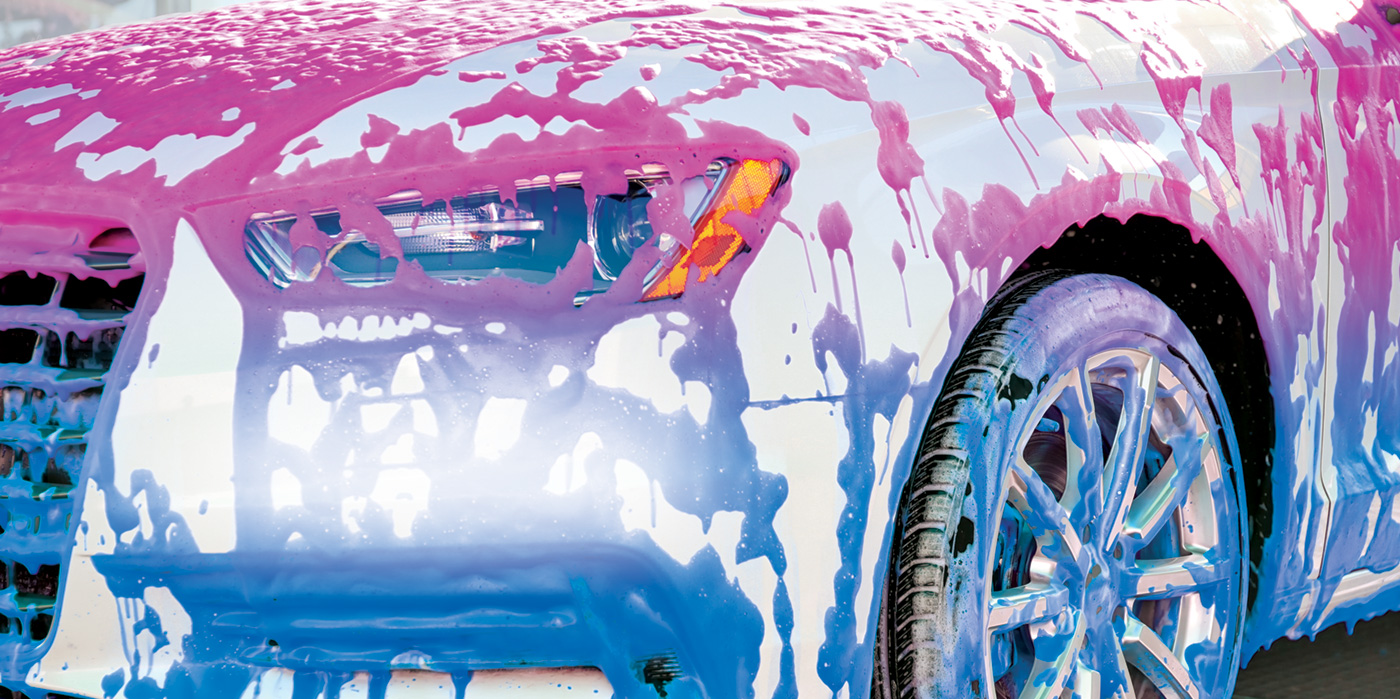Courtesy of BodyShop Business, by Carl Wilson
Ask most painters if colors are becoming more difficult, and they’ll answer: yes. Colors are harder to match. Ask the same question 20 years ago, and you’d still get the same answer. You’d likely get the same answer if you asked it 40 years ago. Is this a case of “present-ism,” or the belief that the current generation of painters are dealing with problems and issues that were heretofore unknown? Maybe.
On a Mission
It does appear that the OEMs seem to be on a mission to give us the most unique and difficult colors in the history of car painting. Is this due to regulatory requirements such as eliminating lead from paint decades ago? Leaded paint covered unbelievably well — can you even conceive of yellow covering in a single coat? Or have these difficult colors resulted from a process and cost efficiency perspective from single-stage paint to two-stage paint? Single-stage paint required more color to achieve the film build necessary for protection and longevity. Two-stage BC/CC systems allowed less color and utilized the clearcoat for the required film build and protection — with the durability coming from the topcoat. Has this allowed for more adventurous color experimentation in the basecoat? Perhaps. It is certain that the BC/CC system has allowed for less color (generally the most expensive part of the film build) to be applied over the factory undercoat — to the point of transparency, in some cases. Try and match that!
Did BC/CC pave the way for three-stage factory paint? Four-stage paint? Will we see five-stage paint jobs become a regular offering? We’ve lately been challenged with matte finish paint from the OEMs, and it’s important to note that matte finishes are not universal in their degree of gloss (or lack of it), neither from various manufacturers nor within the same OEM’s products. It’s a moving target.
The current OEM offerings do seem to be more difficult. But haven’t the paint manufacturers kept pace with their color-matching tools? Color cameras, digital color libraries and cloud-based data with real-time updates have all contributed to the tools available, but what about the things that haven’t changed?
Let’s consider some of the challenges to color we’ve always dealt with.

